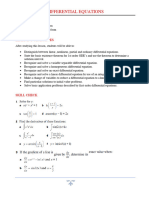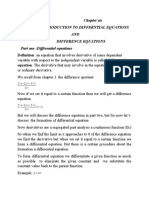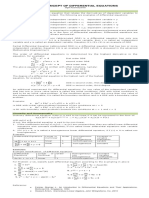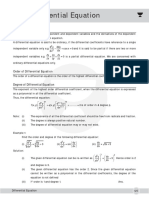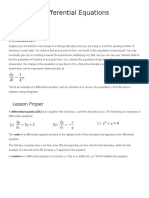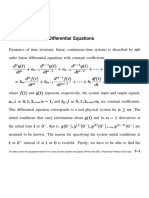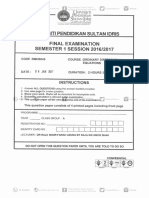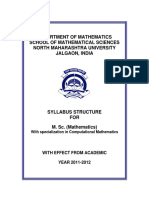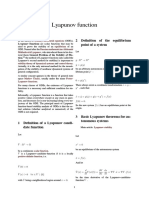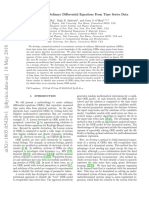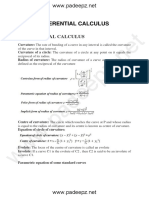0% found this document useful (0 votes)
10 views5 pagesBasic of de &separation of Variable Method
The document provides an overview of differential equations, defining them as mathematical equations that relate functions to their derivatives and highlighting their applications in various fields such as physics and engineering. It distinguishes between ordinary and partial differential equations, discusses their order and degree, and explains the concepts of general and particular solutions. Additionally, it covers linear and non-linear differential equations and introduces methods for solving separable differential equations with examples and practice problems.
Uploaded by
uddiponbiswas55Copyright
© © All Rights Reserved
We take content rights seriously. If you suspect this is your content, claim it here.
Available Formats
Download as PDF, TXT or read online on Scribd
0% found this document useful (0 votes)
10 views5 pagesBasic of de &separation of Variable Method
The document provides an overview of differential equations, defining them as mathematical equations that relate functions to their derivatives and highlighting their applications in various fields such as physics and engineering. It distinguishes between ordinary and partial differential equations, discusses their order and degree, and explains the concepts of general and particular solutions. Additionally, it covers linear and non-linear differential equations and introduces methods for solving separable differential equations with examples and practice problems.
Uploaded by
uddiponbiswas55Copyright
© © All Rights Reserved
We take content rights seriously. If you suspect this is your content, claim it here.
Available Formats
Download as PDF, TXT or read online on Scribd
/ 5


